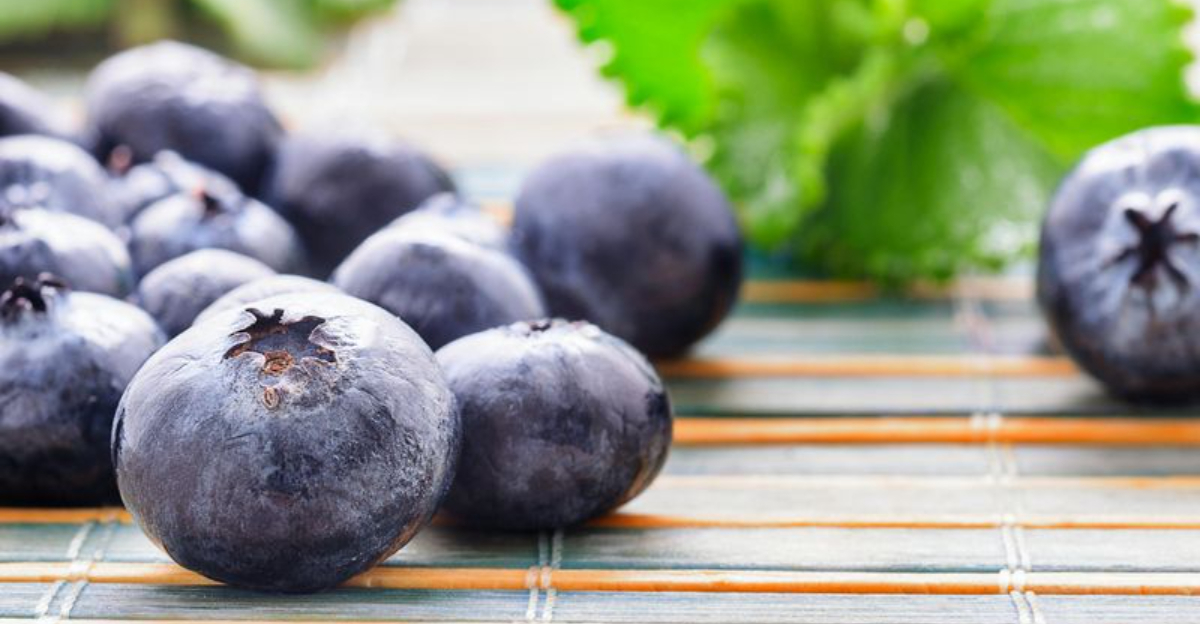A Guide To The World’s 14 Hottest Chilies, From Warm To Wild
Spicy food lovers know chilies arrive in every shape, size, aroma, and heat level imaginable.
Mild peppers bring a gentle kick to tacos, while fiery monsters can make even the boldest eater tear up and reach for milk.
World of chilies stays wild, colorful, and packed with personality, turning every bite into a thrill ride for your taste buds. Whether you’re a spice newbie or a full-on heat-seeking superhero, this guide walks you through fourteen of the hottest peppers on the planet, starting at warm and climbing all the way to absolutely insane.
Disclaimer: This article provides general information about chili peppers and their heat levels for educational and entertainment purposes. The chili images included are illustrative and may not represent specific varieties at their exact Scoville ratings. Individual heat levels can vary widely based on growing conditions. This content is not intended as medical or dietary advice, and readers should use caution when handling or consuming extremely hot peppers.
Jalapeño
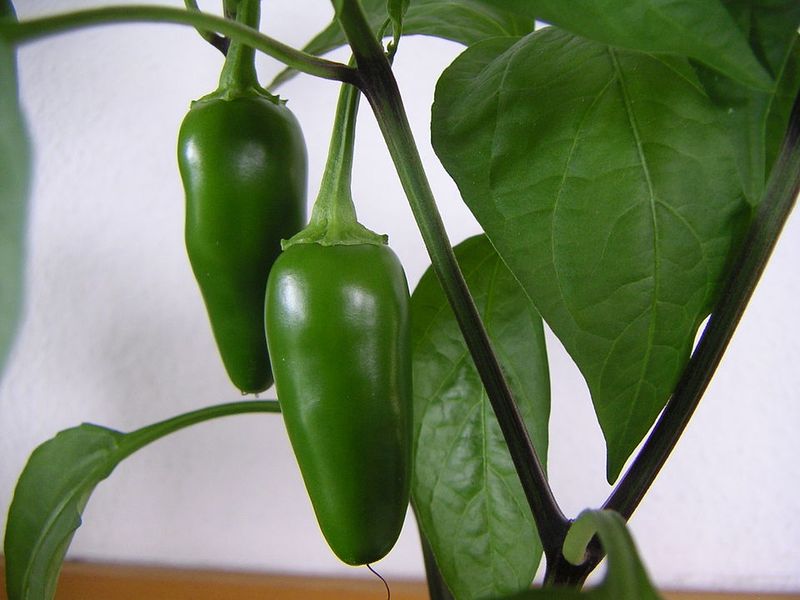
Starting our spicy journey is the jalapeño, a pepper so popular it’s practically the celebrity of the chili world. With a Scoville rating between 2,500 and 8,000 units, this green (or red when ripe) pepper brings just enough heat to wake up your taste buds without sending you running for milk.
You’ll find jalapeños topping nachos, stuffed with cheese, or sliced into salsas everywhere. They’re the perfect gateway pepper for anyone curious about spice!
Serrano
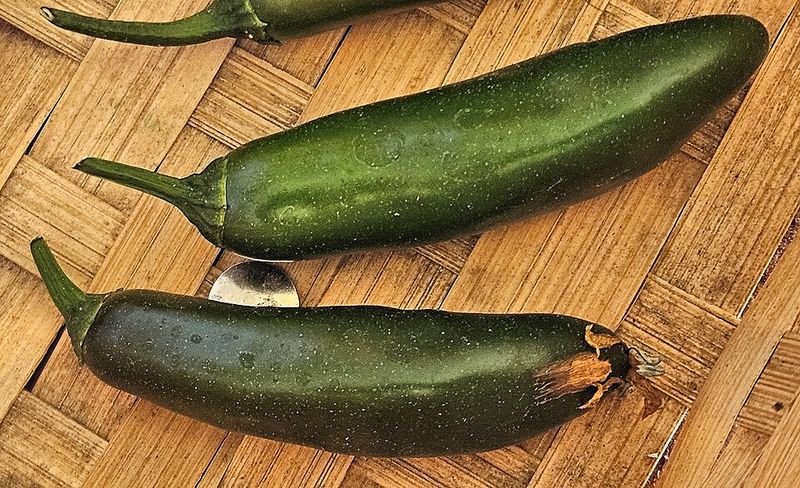
Stepping up the heat ladder, the serrano pepper packs more punch than its jalapeño cousin. Ranging from 10,000 to 23,000 Scoville units, these slender green peppers are smaller but definitely fiercer.
Mexican cuisine loves serranos for their crisp, bright flavor that adds serious kick to pico de gallo and hot sauces. If jalapeños feel too tame, serranos are your next delicious challenge. Just saying, you might want a glass of water nearby!
Cayenne

Ever sprinkled cayenne pepper powder on your pizza? Then you already know this skinny red chili! Measuring between 30,000 and 50,000 Scoville units, cayenne peppers bring consistent, reliable heat that builds gradually.
These peppers are kitchen superstars, dried and ground into the powder that spices up everything from wings to soups. Though they’re hot, cayenne peppers won’t knock you out, making them perfect for everyday cooking adventures.
Bird’s Eye Chili (Thai Prik Kee Noo)
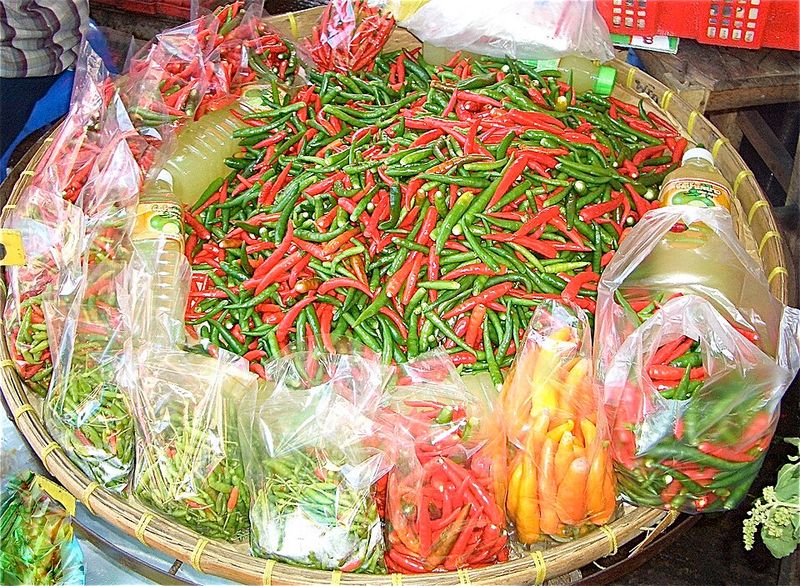
Don’t let their tiny size fool you, these little firecrackers mean serious business! Bird’s eye chilies score between 50,000 and 100,000 Scoville units, delivering explosive heat in a package smaller than your pinky finger.
Thai cuisine relies heavily on these peppers to create those mouth-tingling curries and stir-fries you love. One bite and BAM, your mouth is on fire! However, the fruity flavor underneath makes the heat totally worth it.
Piri Piri (African Bird’s Eye Chili)

Africa’s contribution to the heat hall of fame, the Piri Piri pepper registers between 50,000 and 175,000 Scoville units. Portuguese explorers spread these peppers across Africa, where they became essential to countless regional dishes.
If you’ve ever had Piri Piri chicken, you know the smoky, tangy heat these peppers deliver. They’re fierce yet flavorful, creating sauces that make your taste buds dance and sweat at the same time!
Habanero

Now we’re entering superhero-level heat territory! Habaneros score between 100,000 and 350,000 Scoville units, packing intense fire beneath their cheerful orange, red, or yellow skin.
These lantern-shaped beauties originated in the Amazon before spreading throughout Mexico and the Caribbean. Despite their volcanic heat, habaneros offer amazing fruity, citrusy flavors that hot sauce makers absolutely adore. Think of them as the Hulk of peppers – powerful but surprisingly complex!
Scotch Bonnet
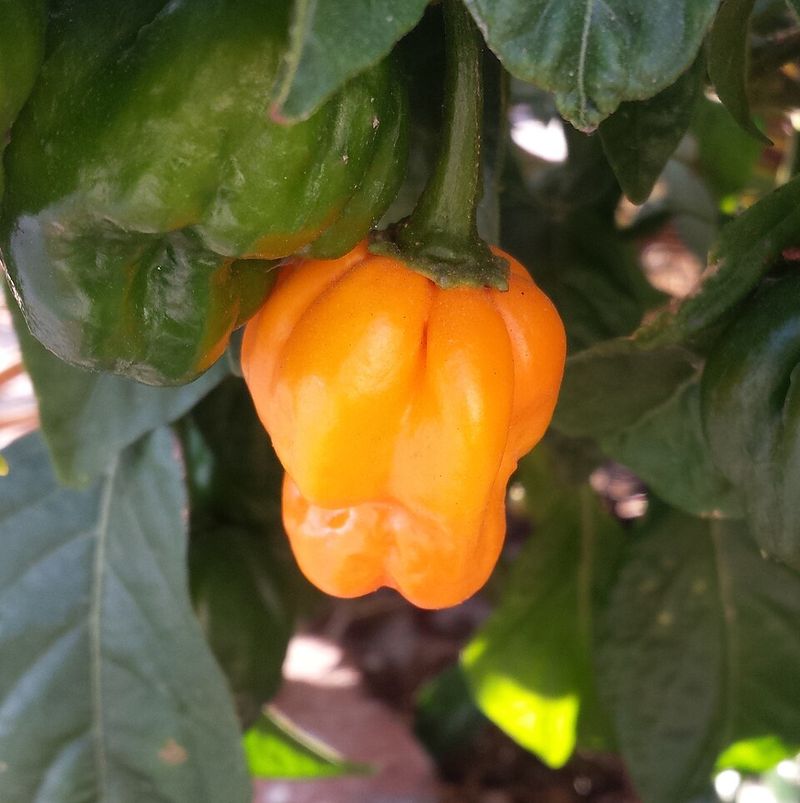
Jamaica’s pride and joy, the Scotch bonnet resembles a little hat (hence the name) and measures between 100,000 and 350,000 Scoville units. These peppers are habanero relatives, sharing similar heat levels but bringing their own Caribbean personality.
Jerk chicken wouldn’t exist without Scotch bonnets! Their sweet, tropical flavor profile mixed with serious heat creates the perfect balance. Where else can you find peppers that taste like sunshine but burn like dragon breath?
Red Savina Habanero
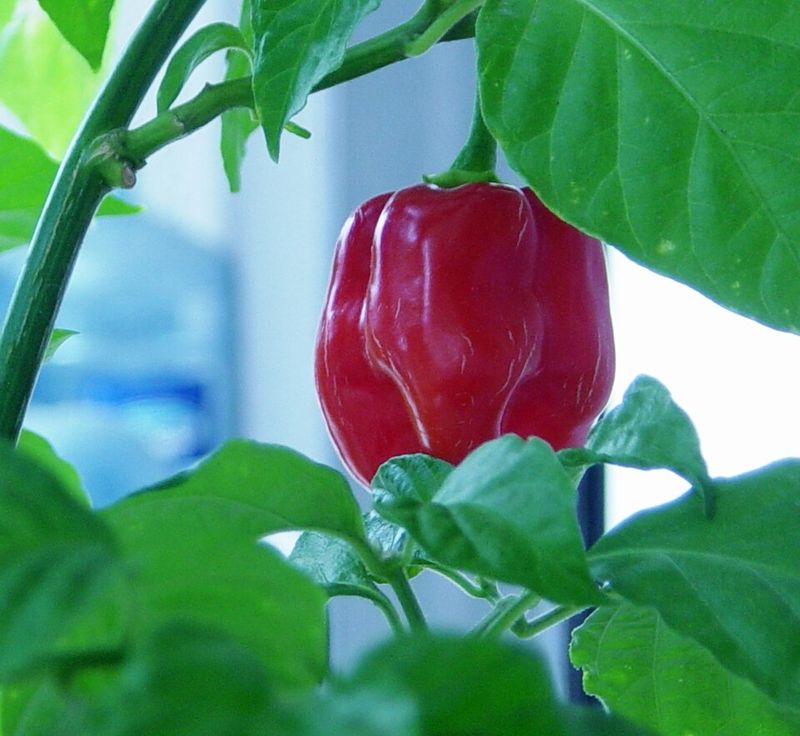
Once upon a time, the Red Savina held the world record for hottest pepper! Ranging from 350,000 to 577,000 Scoville units, this habanero variety was selectively bred for maximum heat.
Developed in California during the 1980s, Red Savinas dominated the super-hot pepper scene for years. Though newer peppers have since stolen the crown, these crimson warriors still command respect. They’re like the retired champion who can still throw a knockout punch!
Ghost Pepper (Bhut Jolokia)
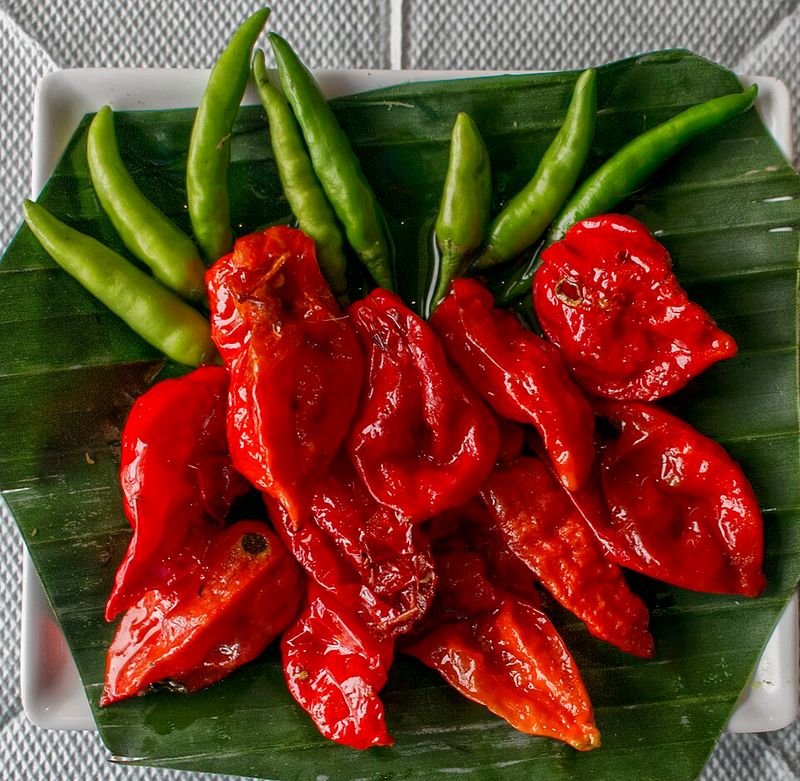
Legends are made of peppers like this! The Ghost pepper, or Bhut Jolokia from India, measures over 1,000,000 Scoville units – more than twice as hot as Red Savinas.
When this pepper earned the world record in 2007, spice enthusiasts everywhere freaked out (in the best way). Its name comes from the Bhutia people of India, though many think it refers to the ghostly pain it causes. Indian defense researchers once experimented with Ghost pepper extract in prototype non-lethal grenades.
Naga Morich
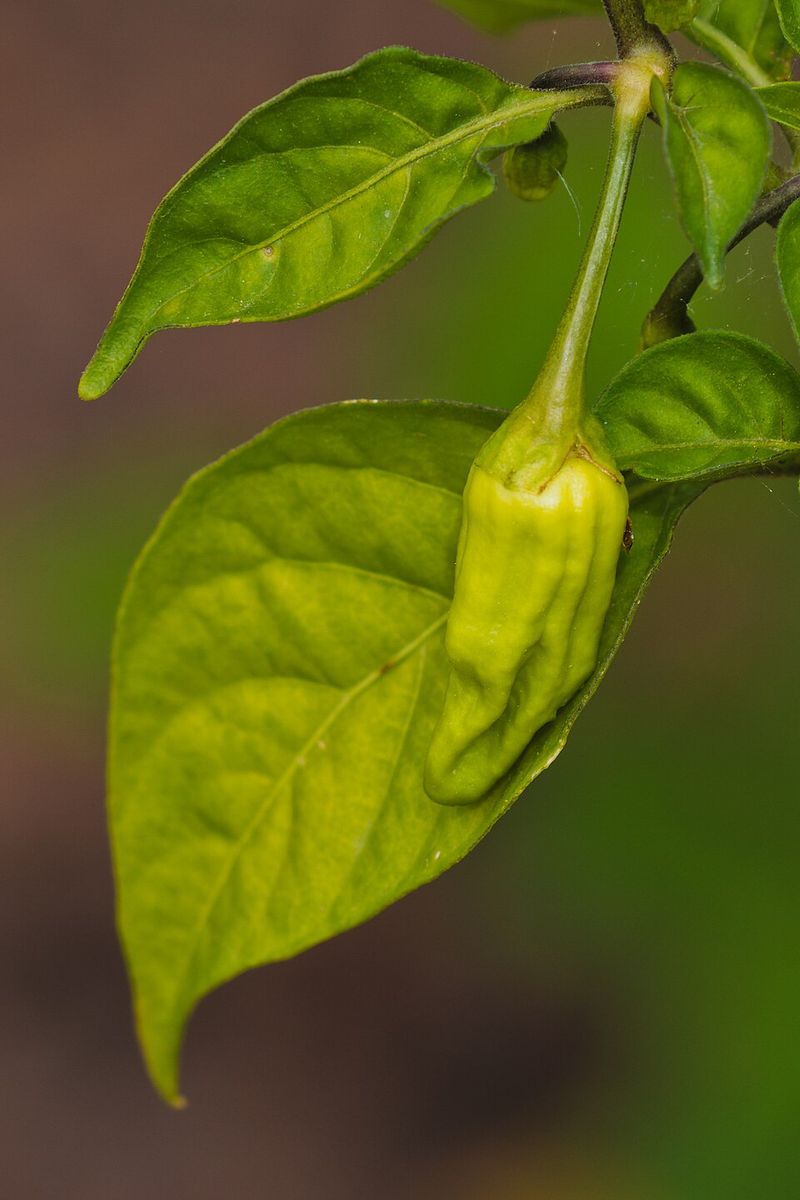
Bangladesh’s answer to extreme heat, the Naga Morich rivals Ghost peppers with ratings around 1,000,000 to 1,500,000 Scoville units. These peppers grow in northeastern India and Bangladesh, where locals use them sparingly (for obvious reasons!).
Naga Morich translates to “serpent chili,” which perfectly captures how this pepper strikes with venomous heat. Though related to Ghost peppers, Naga Morich has a slightly different flavor profile that serious chiliheads can detect.
Naga Viper
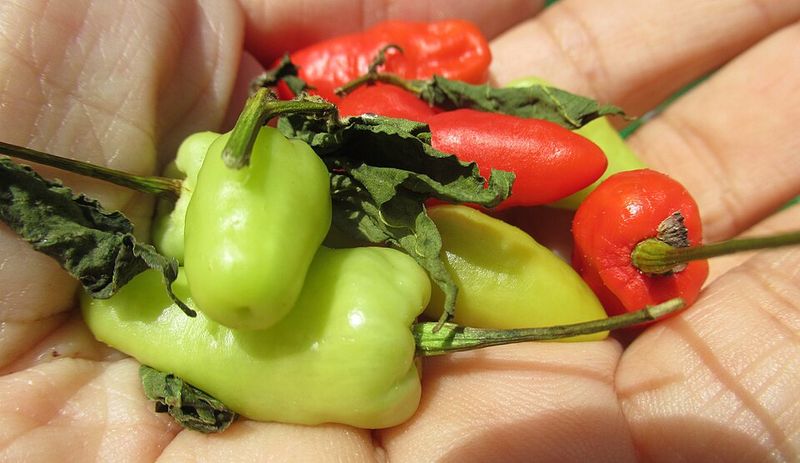
Created in England by crossing three superhot varieties, the Naga Viper briefly held the world record at 1,382,118 Scoville units! This hybrid combines Ghost pepper, Naga Morich, and Scorpion pepper genetics into one terrifying package.
However, here’s the twist: Naga Vipers are unstable hybrids, meaning their offspring might not maintain the same extreme heat. They’re like lightning in a bottle, amazing when you catch them, but unpredictable and wild. Handle with extreme caution and probably gloves!
Trinidad Scorpion Butch T
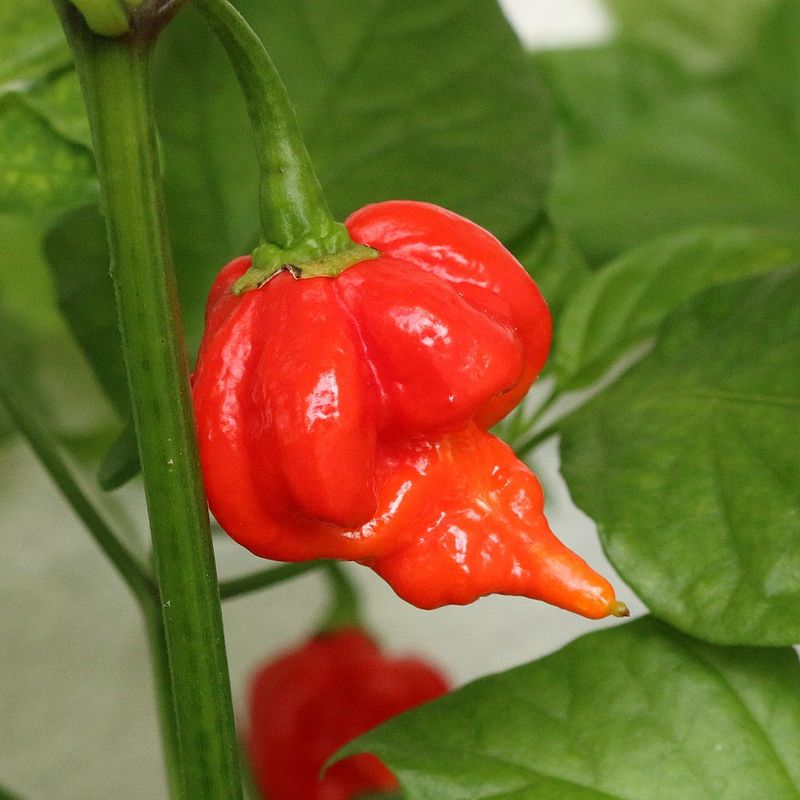
Named after Butch Taylor, who cultivated this beast, the Trinidad Scorpion Butch T clocks in at 1,463,700 Scoville units! That scorpion-tail point at the bottom isn’t just for looks – it’s a warning sign.
When this pepper held the world record, growers had to wear protective gear just to harvest them. The heat doesn’t just burn; it lingers, builds, and keeps coming back like a horror movie villain. Seriously, don’t underestimate anything with “scorpion” in its name!
Trinidad Moruga Scorpion
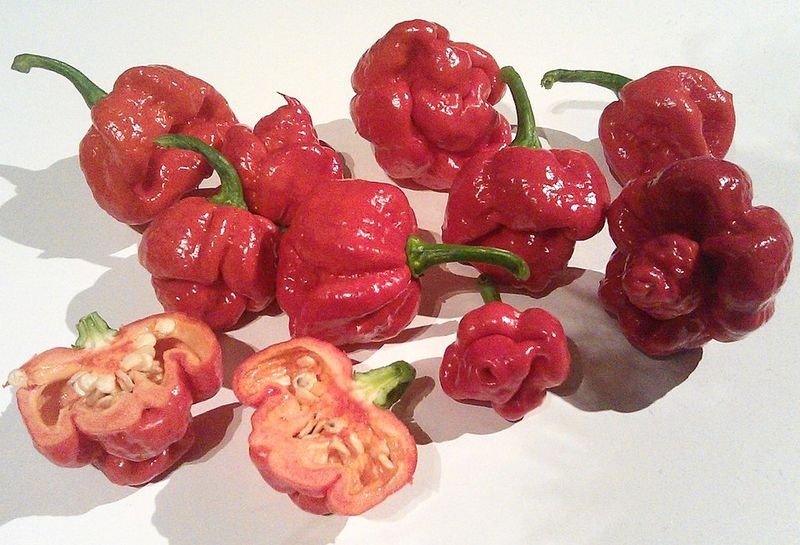
From Trinidad’s Moruga region comes a pepper that topped 2,000,000 Scoville units in testing! The Trinidad Moruga Scorpion held the world record from 2012 to 2013, terrifying and thrilling pepper enthusiasts worldwide.
What makes this pepper particularly evil? The heat builds slowly, tricking you into thinking it’s manageable before WHAM, the full force hits. Scientists who tested these peppers literally wore hazmat suits. If that doesn’t scream “danger,” nothing does!
Carolina Reaper
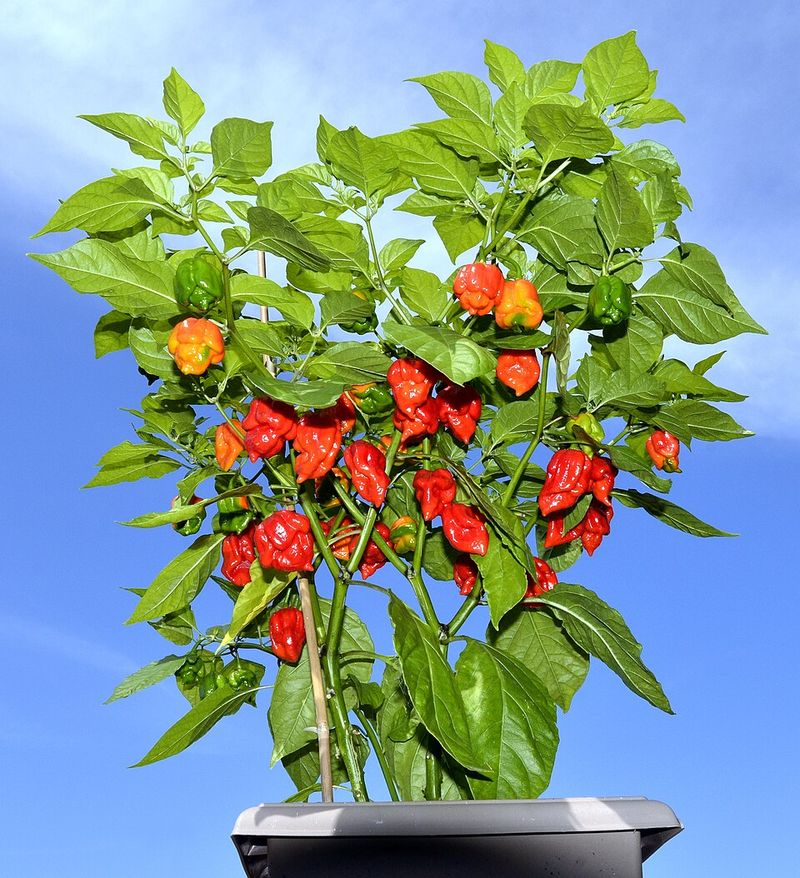
Bow down to the current world champion! The Carolina Reaper averages 1,641,183 Scoville units, with some individual peppers reaching over 2,200,000. Bred by Ed Currie in South Carolina, this crimson nightmare combines Ghost pepper and Red Habanero genetics.
Its bumpy, alien-like appearance and scorpion tail should warn you away, but spice warriors worldwide seek it out for bragging rights. YouTube is full of people regretting their Reaper challenges. Think you’re tough enough? Proceed with extreme caution!




